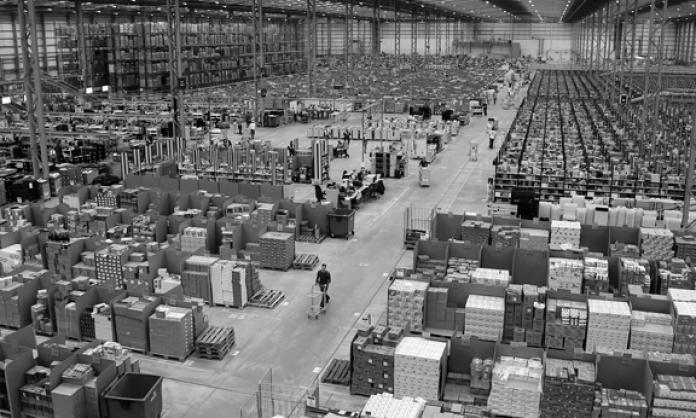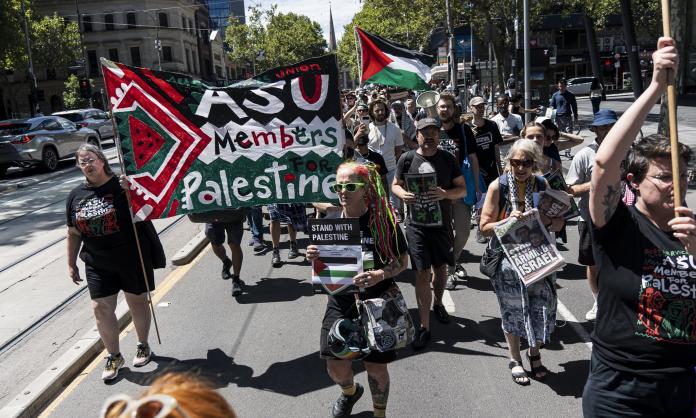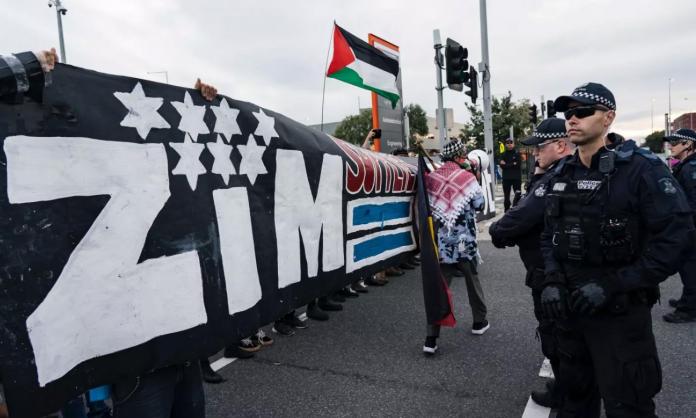Causing major ripples among local retail bosses, Amazon announced in April that it’s coming to Australia. This month it took the next step, leasing a warehouse in Dandenong. The former Bunnings shell in Melbourne’s outer south-east will become Amazon’s first Australian “fulfilment centre”.
Amazon’s reputation as an industry disrupter is built on its deft exploitation of the logistics revolution and the steady trend towards online shopping. It is also notorious for its treatment of workers. Amazon presents a challenge for the Australian trade union movement.
The company has grown rapidly, from a small online bookseller in Seattle to an internet behemoth, with a market capitalisation of nearly half a trillion dollars. Its annual revenue has increased 10-fold in the last decade. Nearly half of all online purchases in the US are made through Amazon. In that country, it is the eighth largest employer.
Amazon has recently been dubbed the “country killer” by analysts at Morgan Stanley. It has reportedly told at least one investment fund manager that it plans to “destroy the retail environment of Australia”. Just the rumours of Amazon’s arrival led to heavy sales of Myer and JB HiFi stocks at the end of last year.
Amazon promises next day, or even same day, delivery of tens of millions of items, from clothes and electronics to groceries and even gourmet foods in some places. These items are stored, sorted and dispatched from vast “fulfilment centres” dispersed across North America and, to a lesser extent, Europe and Asia.
It is not yet known how its finely tuned logistics systems will cope in Australia, a large country with a far lower population density than Europe or North America. But one sure bet is that the company will attempt to overcome any logistics challenges it faces by ruthlessly exploiting its workforce.
Amazon workers in US “fulfilment centres” have been known to collapse in summer from heat stroke, and the company has made liberal use of zero-hours contracts at its facilities in the UK. It has set up “fulfilment centres” in the most impoverished areas of Poland and Wales in order to capitalise on the pliability and low cost of local labour. Amazon uses this insecurity to enforce ruthless production targets and monitor every movement of its workforce.
It has refused to countenance trade unions at any of its facilities. In its early years, the company’s anti-union obsession was revealed after a leak exposed that managers were schooled in ways to spot union activity, including looking out for “hushed conversations” and “dawdling in the lunchroom and restrooms”.
Tim Gunstone, an organiser for the National Union of Workers, which represents warehouse workers, says that the threat that Amazon represents to labour rights in Australia is real. “A lot of the efficiency of Amazon has to do with Taylorised work processes that have serious impacts on people’s living standards, dignity and security”, he told Red Flag.
However, he insists that it is possible to unionise Amazon warehouse workers. “A lot of the time these companies say that if a union gets on site they will shut up and leave, but that’s just bullshit. There has been a bunch of strikes in Germany, and Amazon isn’t going anywhere.”
He’s referring to numerous strikes – resulting in more than 150 strike days – at Amazon “fulfilment centres” across Germany in recent years. Workers in the German United Services Trade Union (ver.di.) have been fighting for union recognition and wage rises. Although yet to secure a union contract, ver.di members have won a series of pay increases and the introduction of a Christmas bonus, as well as improvements to facilities. Most importantly, the struggle has won hundreds of new workers to the union and developed a lively network of shop stewards.
“We’re ready and waiting for them”, Tim said. “It is possible to organise the Amazon warehouses. It’s going to be hard, but a race to the bottom is no future for any of us.”










